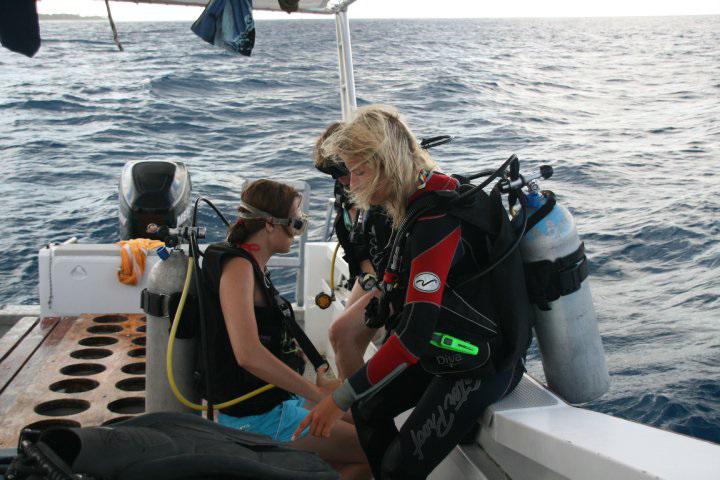The aim of the project is to assess nesting abundance & distribution; turtle species present; identify threats & impacts; community education & training; develop support network; update Biodiversity assessments.

Cook Islands Turtle Project & Pacific Islands Conservation Initiative (which is based in Rarotonga) will undertake a field survey at Palmerston Atoll; this is the first research there in more than a decade; and the first major scientific research on sea turtles in the Cook Islands in forty years We will survey all beaches on this remote coral atoll to determine their suitability as turtle nesting sites; and then undertake focused monitoring to identify which species are nesting. Any encountered turtles will be measured, photographed, tagged and a small skin biopsy taken for DNA analysis (turtle genetic information is unavailable for many South Pacific Island nations). Key nesting sites may be selected as Index Beaches that would allow inter-annual population trends to be determined through ongoing monitoring. Any nests that hatch during the expedition can be inventoried to determine % success; or reasons for any non-developed eggs Inwater surveys will be conducted to ascertain the turtle species and life-stages that are present, and habitat purpose (e.g. foraging, mating, or refuge).
Threats and impacts, including the extent of direct-take (meat & eggs) will be quantified. Community education and awareness-raising will be undertaken throughout the fieldwork phase; interested islanders will be trained to undertake nest-monitoring; and we will establish an electronic support network to facilitate and monitor progress. Project staff can lecture in the school and supervise some science activities, working in conjunction with the Principal and the Ministry of Education at Rarotonga; ongoing cyber-education will be achieved through emails and Skype video-conferencing.
A sea turtle module is being developed for the curriculum by our project-team and may be tested at Palmerston school. An important conservation aim is to help the islanders understand why sea turtles are endangered in much of the world: we will explain our scientific knowledge of their basic life-cycle; the fact that these animals are migratory and use sequential habitats (i.e. they are a shared-resource), which we may not yet know; the problems of being a long-lived animal with delayed maturity; and the importance of adult females & late-stage adolescents to ensure population sustainability. Taking this information into account, as well as their traditional hunting and egg-collection needs, and any traditional management practices: we hope that the islanders will decide themselves to instigate conservation measures. We will of course advise them in this strategy. Finally, relevant data will be forwarded to the national Biodiversity Assessment Action Plan.